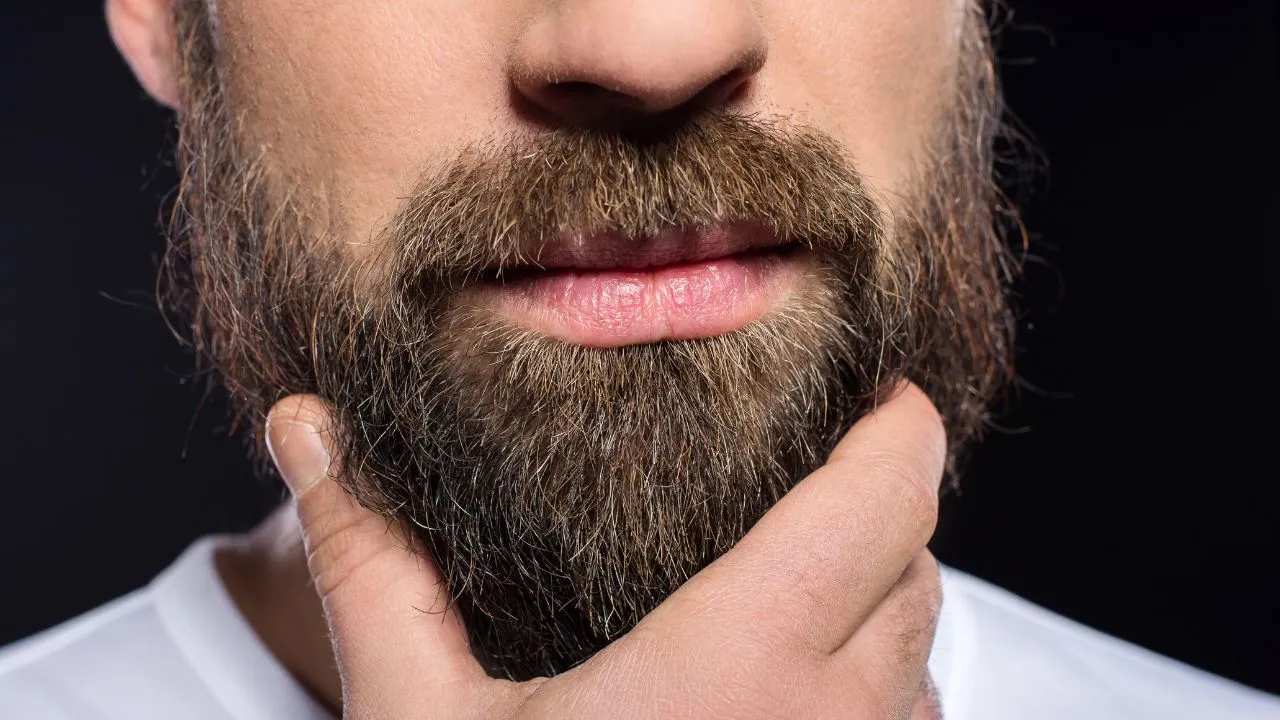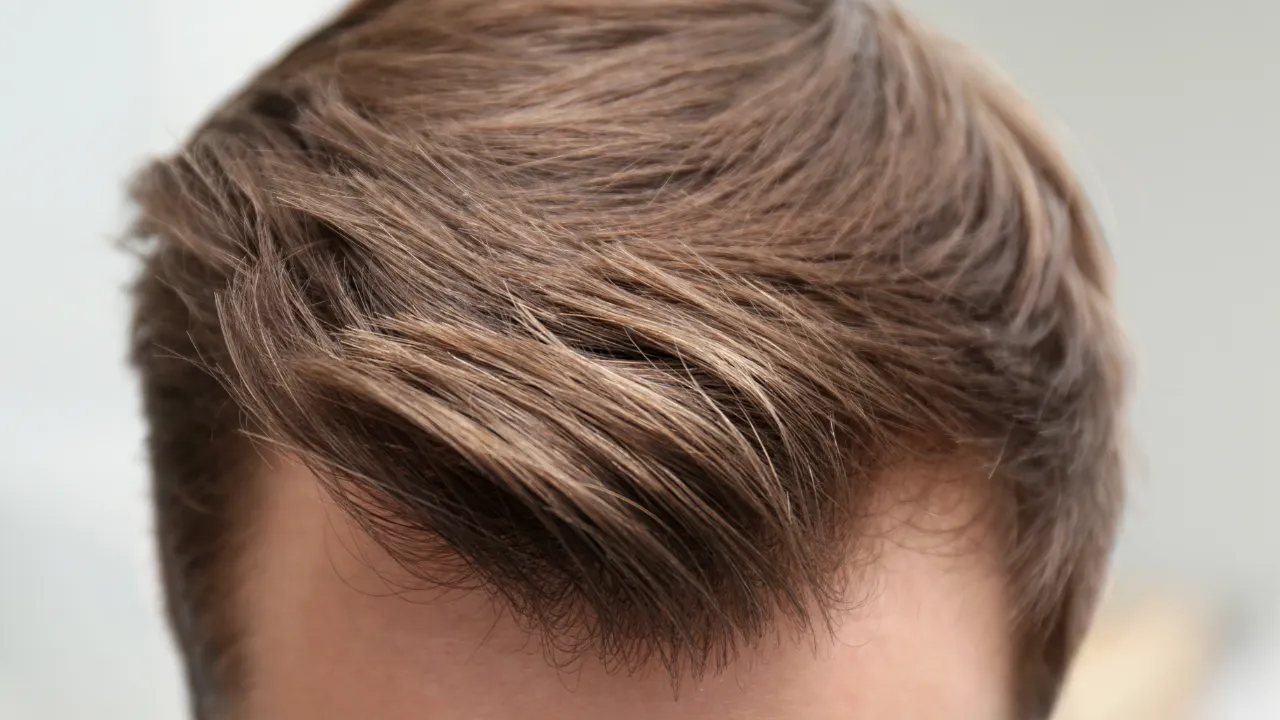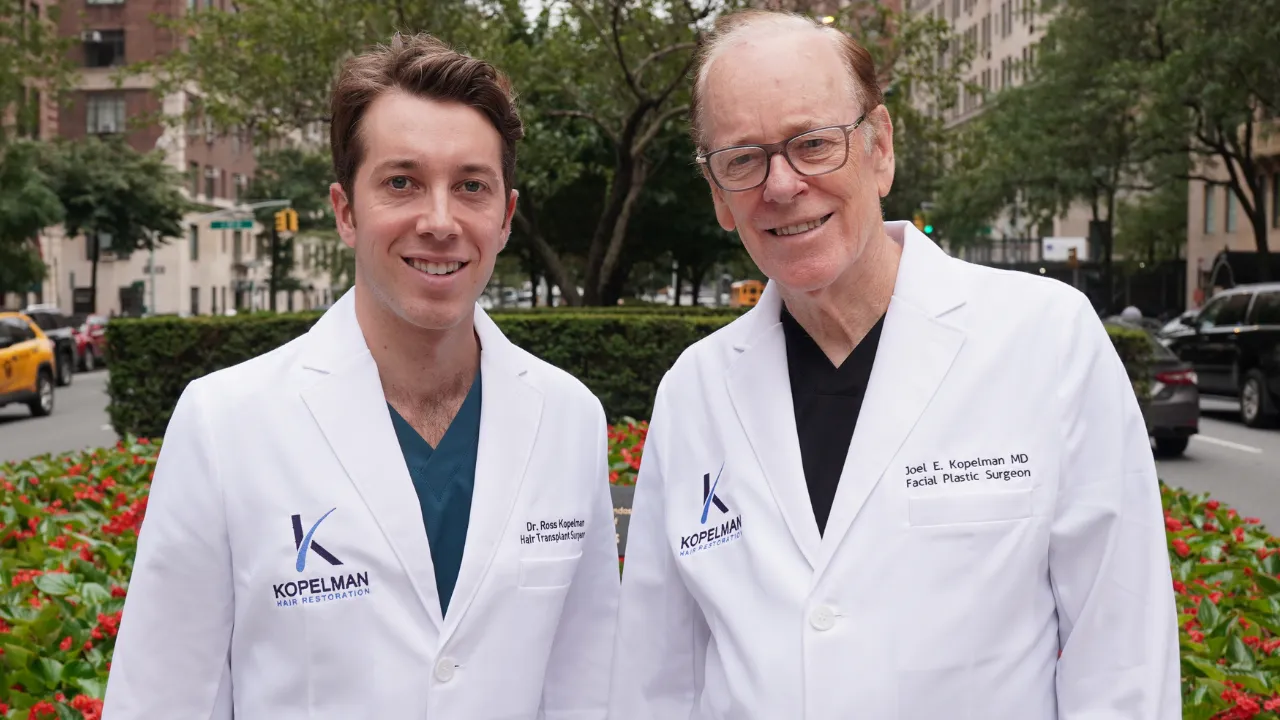Beard restoration in NYC has advanced notably with the introduction of Follicular Unit Excision (FUE) and the strip method. These techniques have refined the process, providing more natural and improved outcomes for enhancing beard density and appearance.
If you’re considering a beard transplant NYC, Dr. Kopelman will evaluate factors like donor density, facial symmetry, and healing potential.
You can explore everything about clinic selection, pricing, and recovery in our complete beard transplant near me article.
Posted on

FUT (Follicular Unit Transplantation)
FUE (Follicular Unit Extraction)
Common Points
To determine suitability:
If you’re specifically interested in procedures tailored for different ethnicities, explore our Asian beard transplant guide for unique considerations.

1. Consultation
2. Preparation
3. Donor Hair Extraction
4. Preparing the Grafts
5. Creating Recipient Sites
6. Implanting the Grafts
7. Post-Procedure Care
8. Recovery and Growth
9. Follow-Up

Private Consultation for Beard Transplant with Dr. Kopelman
Reviewing Medical History for Beard Transplant (FUE and FUT)
Tailored Recommendations for Your Beard Transplant
A beard transplant can completely change your appearance. Explore our beard implants before and after results to see how others achieved their desired look:




The cost of a beard implant typically ranges from $10,000 to $15,000, depending on factors such as the extent of the procedure, the surgeon’s expertise, the geographic location of the clinic, and the number of grafts needed.
Learn more in the section beard surgery cost to understand what influences pricing. For those looking into beard transplant cost in NYC, we’ve created a guide to help you understand the price breakdown in the area.















